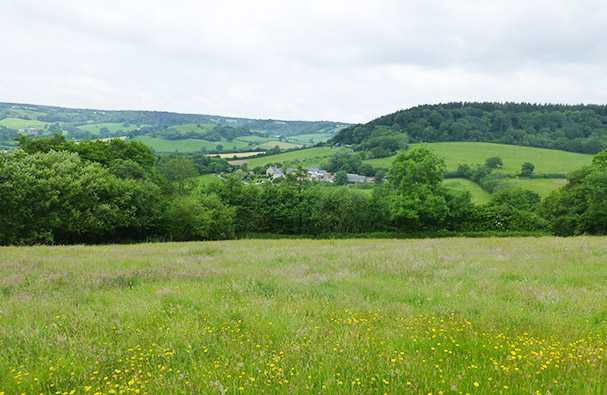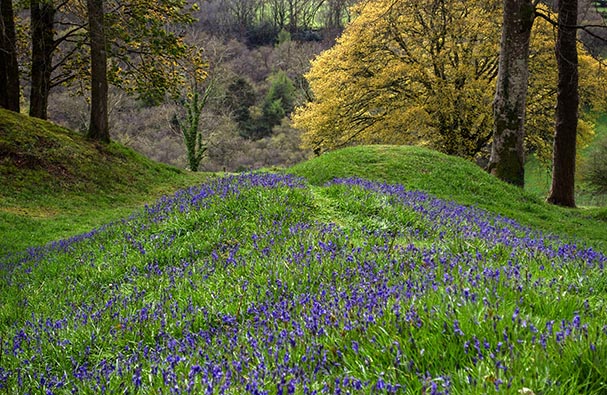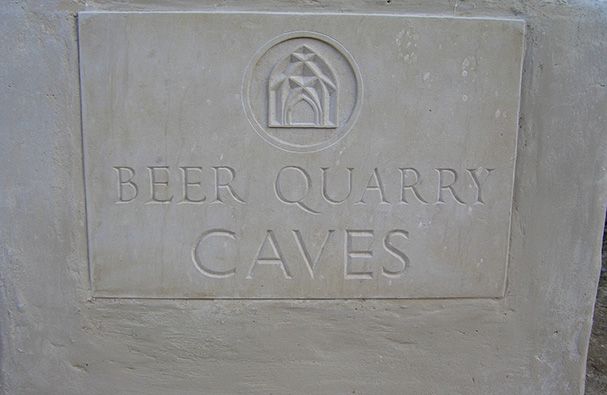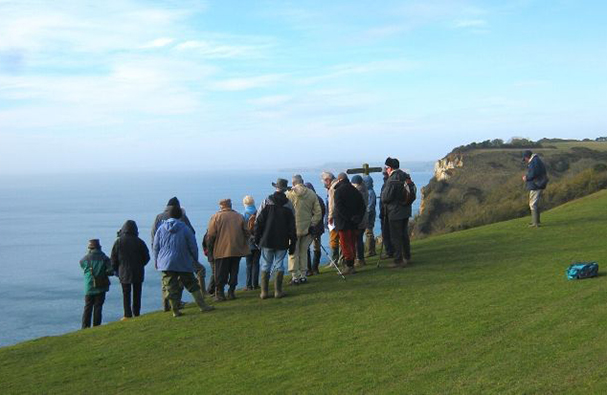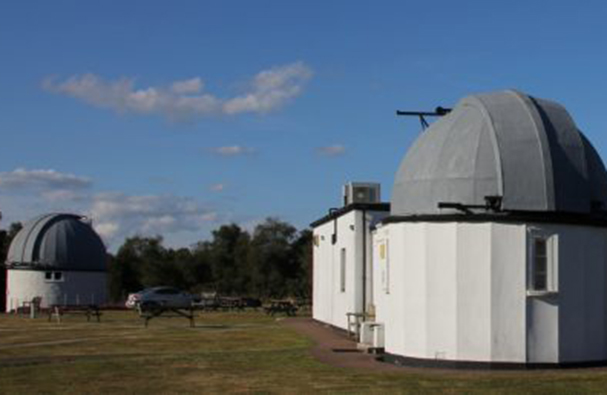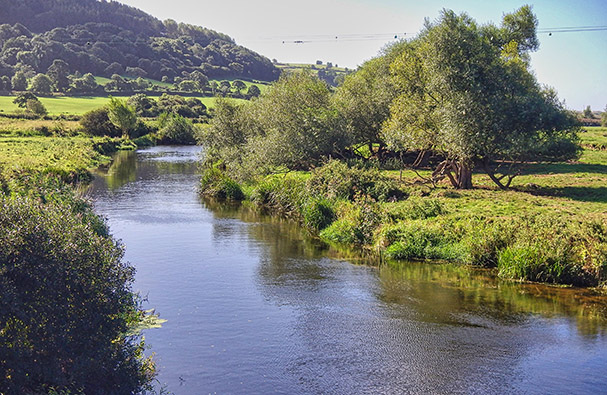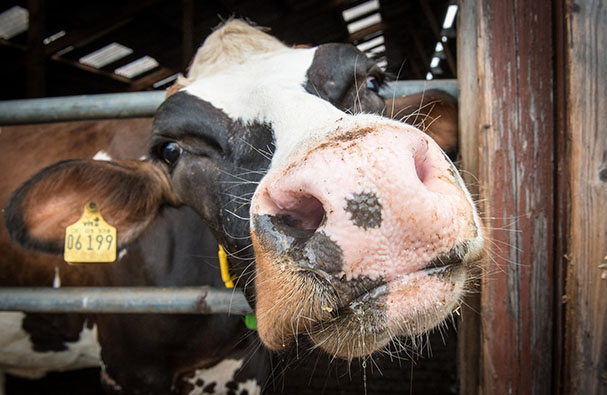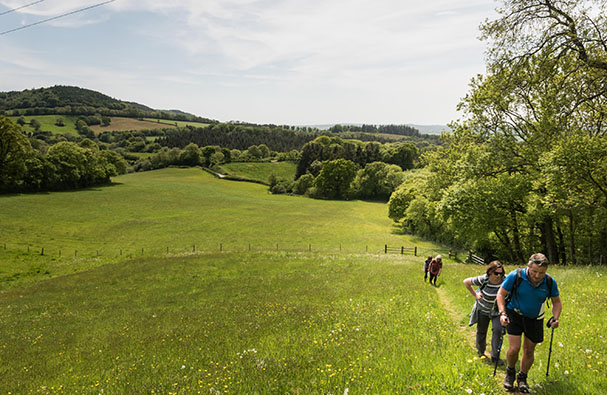For thousands of years people have lived and worked in the National Landscape landscape, forming the landscape we see today and our cultural heritage – fossil hunters, farmers, smugglers, Romans and rebels have all played a part in forming the rich history and heritage of our National Landscape.
Our local tales and traditions, ancient monuments, historic buildings and artefacts all give a glimpse of the past and help us understand how people, interacting with the land, has shaped the landscape.

A BRIEF HISTORY
Human activity in Devon became well established from 250,000 BC onwards, at a time when a land bridge existed with the continent and bands of hunters migrated with the seasons, and the retreat and advance of glaciers.
Many stone hand axes originating from dates between 250,000 and 30,000 BC have been found on the Devon/Dorset border, some of which can be viewed at the Exeter’s Royal Albert Memorial Museum.
Around 3500 BC (the Neolithic Period) hunter gatherer lifestyles gave way to settled farming communities and permanent settlements, in addition to ceremonial monuments being built.
Thereafter, human activity continued to advance, with evidence of Bronze Age ‘tumuli’, Iron Age hillforts, Roman military bases and architectural features from the Saxon and Norman times.
Places to visit
Farway Bronze Age Barrows
Also known as tumuli, some evidence of these ancient burial grounds remains within East Devon. The barrows at Farway provide some good examples and can be viewed from surrounding footpaths.
Blackbury Camp
Also known as Blackbury Castle, this small Iron Age hillfort has an interesting and complicated entrance with an impressive rampart built from clay and flint.
Beer Quarry Caves
Vast underground caves, first formed in Roman times and providing famous ‘Beer stone’ for centuries – used in constructing Exeter Cathedral and Westminster Abbey.
Berry Camp
Another Iron Age hillfort, Berry Camp is situated on the South West Coast Path close to Branscombe. Evidence of burial mounds and prehistoric field system remain.
Norman Lockyer Observatory
Norman Lockyer was a Victorian scientist and keen amateur astronomer. The observatory was built in 1912 near his home in Salcombe. Regularly open to the public.
The Taunton Stop Line
The Taunton Stop Line was a World War II defensive line roughly from Axminster to Chard along the River Axe. The Axe Valley pillbox can be found at OS SY 261926.
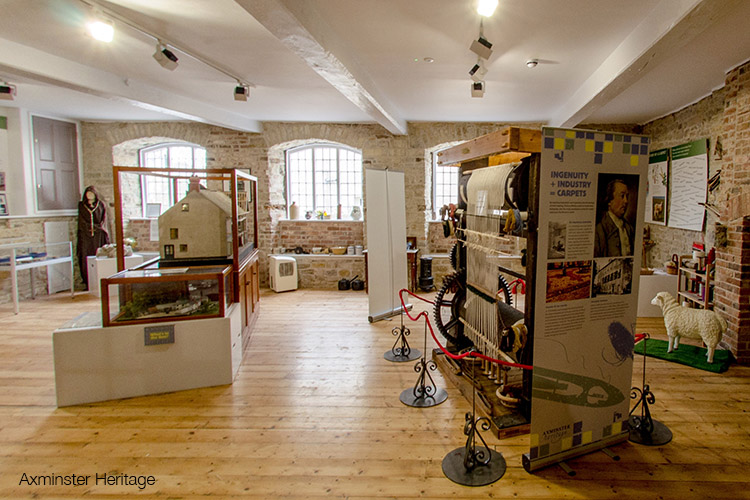
Museums
Delve into the history and cultural heritage of our outstanding landscape at one of our local museums and connect the past with what we see in the landscape today.
Learn more about our towns and villages, their people, traditions and trades, as well as the rich natural and archaeological history within the local area.
Find out what’s going on at museum or gallery near you; family fun days, talks and lectures, exhibitions, events and activities or look up the latest news from Devon museums
Find out more
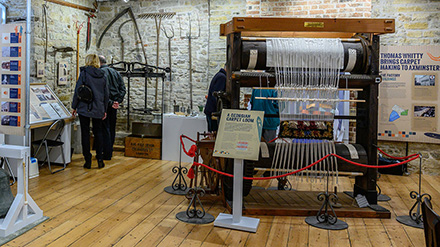
Axminster Heritage Centre
Take a trip through time to learn what has made Axminster and the surrounding area what it is today.

Branscombe Heritage
Tucked away in a valley that runs down to the sea, there is a timeless magic about this old village.
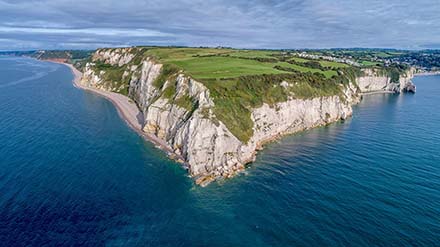
Beer Village Heritage
There’s so much to learn about Beer’s wild and varied history, from smugglers and Spainiards to lace making and fossils.
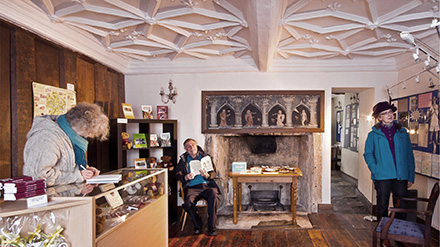
Colyton Heritage Centre
Is Colyton the most rebellious town in Devon? A fascinating history and link to the Colyton Heritage Centre website.
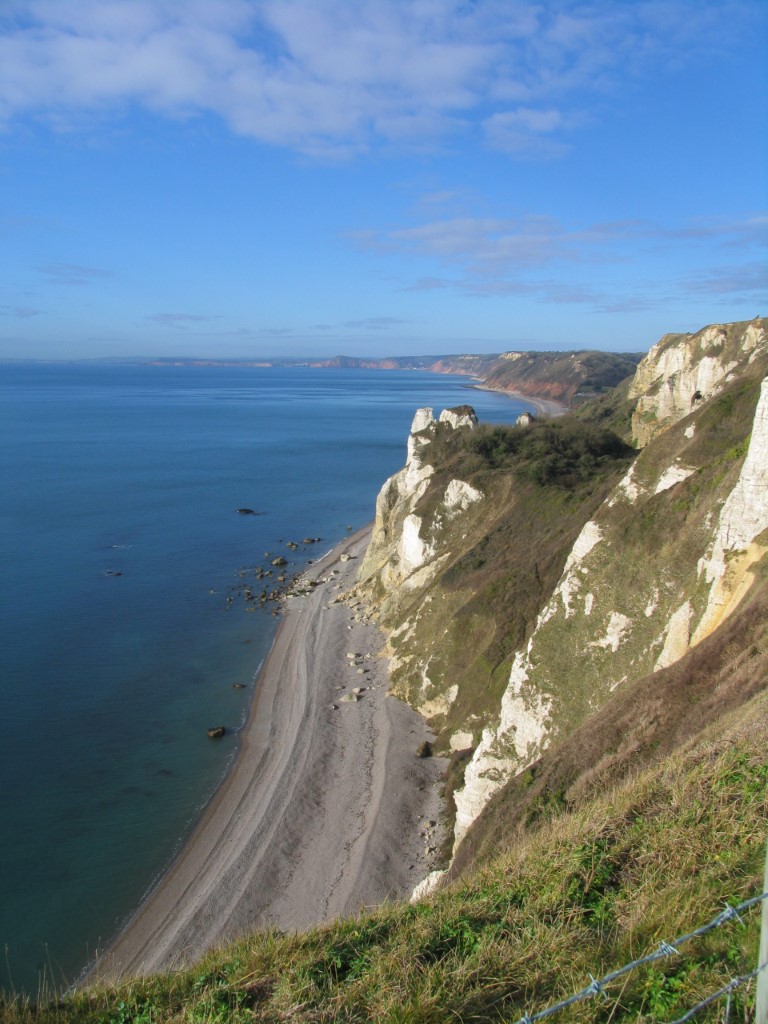
THE JURASSIC COAST
The Jurassic Coast is a UNESCO world heritage site that stretches 95 miles from Exmouth in Devon to Dorset.
Whether you want to hunt for fossils, visit a museum, or simply take in the stunning scenery on a good walk, you’ll find there are plenty of things to do, whatever the time of year.
Jurassic Coast Cruises
Sit back, relax and sail through time with Stuart Line Cruises as you enjoy stunning views of this 185-million-year-old coastline.
Whether you are on holiday in Devon or live in the area, this cruise is the perfect way for friends or groups to see this World Heritage Site from its best perspective.

More to Explore
Our National Landscape Projects
We lead, partner and support projects that focus on a wide range of themes, including landscape and heritage, environmental quality and climate, biodiversity, recreation and tourism.
Outdoors & Active
Whether you prefer walking, cycling, running or playing, everyone feels happier and healthier when they spend time in nature being more active.
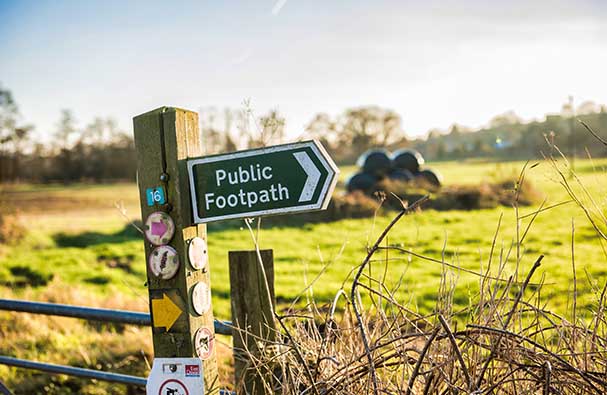
East Devon Way
Discover the hidden gems of East Devon and explore this much loved walking route that links 40 miles of public footpaths, trails and bridleways.
